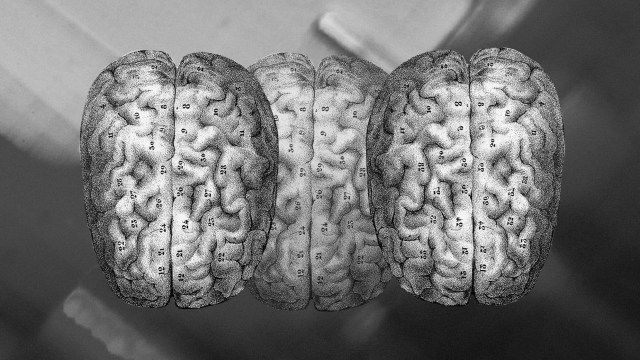Habitable planet found*

Last week there was a lot of news about habitablesuper–Earths.
But along with breathless news stories announcing the discovery of a world where life could exist, there was also a lot of pushback from the astrophysical community about headlines making claims far beyond what the science could support.
So, what was real and what was fantasy in all the back and forth?
The planet in question is called K2-18b (someday hopefully it will have a better name, maybe something like “Bob’s World”). K2-18b is a Super-Earth, meaning its mass lies between 2 and about 14 times that of Earth. Super-Earths are a big deal because they’re the most common type of planet in the universe—and they’re also exactly the kind of world we don’t have in our own solar system.
Our sun hosts terrestrial planets (Mercury, Mars, Venus, and Earth in ascending order of mass) and the ice/gas giants (Neptune, Uranus, Saturn, and Jupiter, also in ascending mass). Obviously, Earth weighs 1 Earth mass, and Neptune weighs in at about 14 Earth masses. That region in-between is the domain of the Super-Earths.
The fact that most planets are Super-Earths makes them very important when it comes to life and the universe. Given all big worlds, we astronomers would really like to figure out the range of conditions under which the behemoths could harbor life. But that question is exactly where headlines about K2-18b ran into trouble.
The good news was that the planet was found to lie in the “habitable zone” of its star. Also called the “Goldilocks Zone,” this is the band of orbits where the temperatures on the planet will be just right for liquid water to exist on the surface. The other good news, and the real heart of the discovery, was that twoteams found strong evidence for water vapor in the atmosphere of K2-18b. Since astrobiologists take water to be essential for the formation of life (it’s the best solvent imaginable), finding evidence for water vapor on an exoplanet, particularly a Super-Earth, was really exciting.
But did it mean the planet was habitable in the classic sense? That question is where the trouble begins.
Many possible configurations
The problem is the term “Super-Earth” covers a lot of ground when it comes to different kinds of planets. For a given radius and mass, there are often a bunch of configurations possible. K2-18b has a mass that’s 8 times that of Earth and radius that’s almost 3 times as large. In addition, the same spectral analysis that yielded water in the atmosphere also showed that hydrogen and helium gas makes up a far larger share of the “air” surrounding K2-18b.
When you put all this information together with modeling of the K2-18b’s physical state, you find a planet that is unlikely to have a surface.
Rather than a rocky world like Earth with its hard surface surrounded by a thin veneer of gas, K2-18b is likely to have a thick puffy atmosphere that smoothly transitions to a liquid state as you dive downward. Since the classic definition of habitable was liquid water on the surface, not having a surface makes K2-18b much less likely to be a good home for life. This distinction is what made a lot of scientists wince at last week’s headlines.
Personally, I was far more excited about the importance of the result than its over-selling in the media. Detecting water in the atmosphere of a Super-Earth in a habitable zone was another important step forward in our exploration of life, planets and possibilities. The fact that K2-18b is unlikely habitable is footnote, because the real story is exoplanet atmospheric characterization.
Everyone needs to recognize that after thousands of years of thinking about life in the universe, we now live at a moment when it’s actually possible to inventory the chemical composition (and hence the chemistry) of planets hundreds of light years away.
That is how you get to search for life in earnest. If that doesn’t make you want to cheer, then you are not paying close enough attention.
The post Habitable Planet Found* appeared first on ORBITER.





